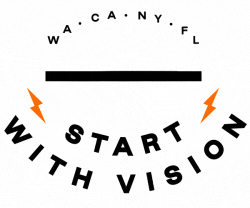Once we have a strategy, we work in partnership with architects and contractors to move into design and development. This phase follows standard architectural practices, including: programming, schematic design, design development, preparation of construction documents, hiring the contractor, construction administration, and project close out.
